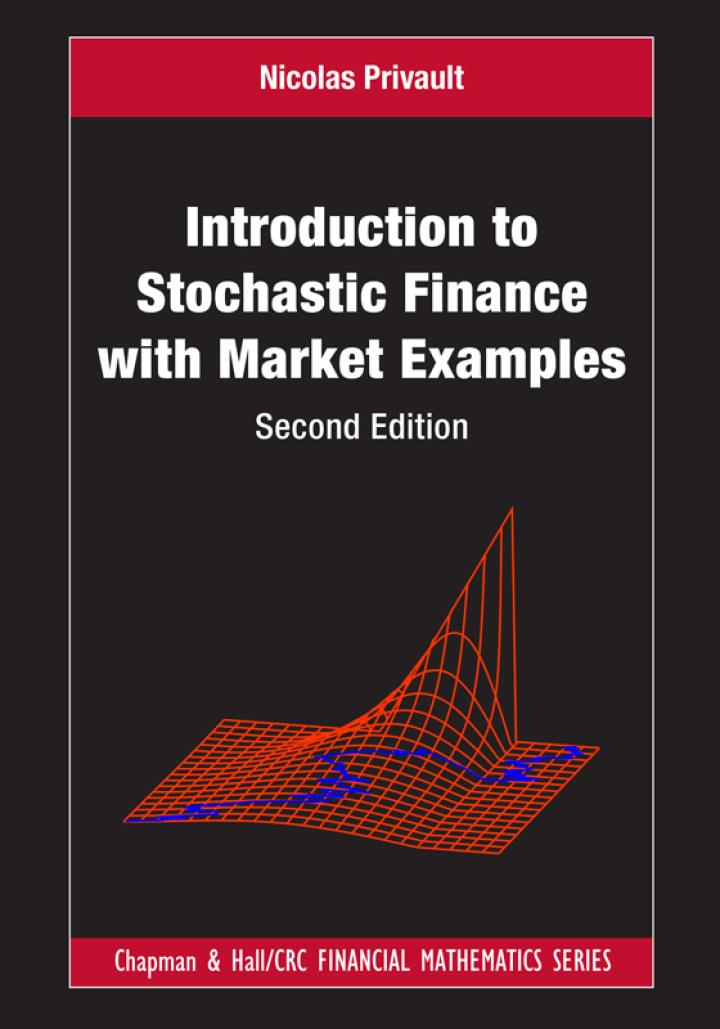Let $sigma_{mathrm{imp}}(K)$ denote the implied volatility of a call option with strike price $K$, defined from the
Question:
Let $\sigma_{\mathrm{imp}}(K)$ denote the implied volatility of a call option with strike price $K$, defined from the relation
$$
M_{C}(K, S, r, \tau)=C\left(K, S, \sigma_{\mathrm{imp}}(K), r, \tauight) \text {, }
$$
where $M_{C}$ is the market price of the call option, $C\left(K, S, \sigma_{\mathrm{imp}}(K), r, \tauight)$ is the Black-Scholes call pricing function, $S$ is the underlying asset price, $\tau$ is the time remaining until maturity, and $r$ is the risk-free interest rate.
a) Compute the partial derivative
$$
\frac{\partial M_{C}}{\partial K}(K, S, r, \tau)
$$
using the functions $C$ and $\sigma_{\text {imp }}$.
b) Knowing that market call option prices $M_{C}(K, S, r, \tau)$ are decreasing in the strike prices $K$, find an upper bound for the slope $\sigma_{\mathrm{imp}}^{\prime}(K)$ of the implied volatility curve.
c) Similarly, knowing that the market put option prices $M_{P}(K, S, r, \tau)$ are increasing in the strike prices $K$, find a lower bound for the slope $\sigma_{\mathrm{imp}}^{\prime}(K)$ of the implied volatility curve.
Step by Step Answer:

Introduction To Stochastic Finance With Market Examples
ISBN: 9781032288277
2nd Edition
Authors: Nicolas Privault





